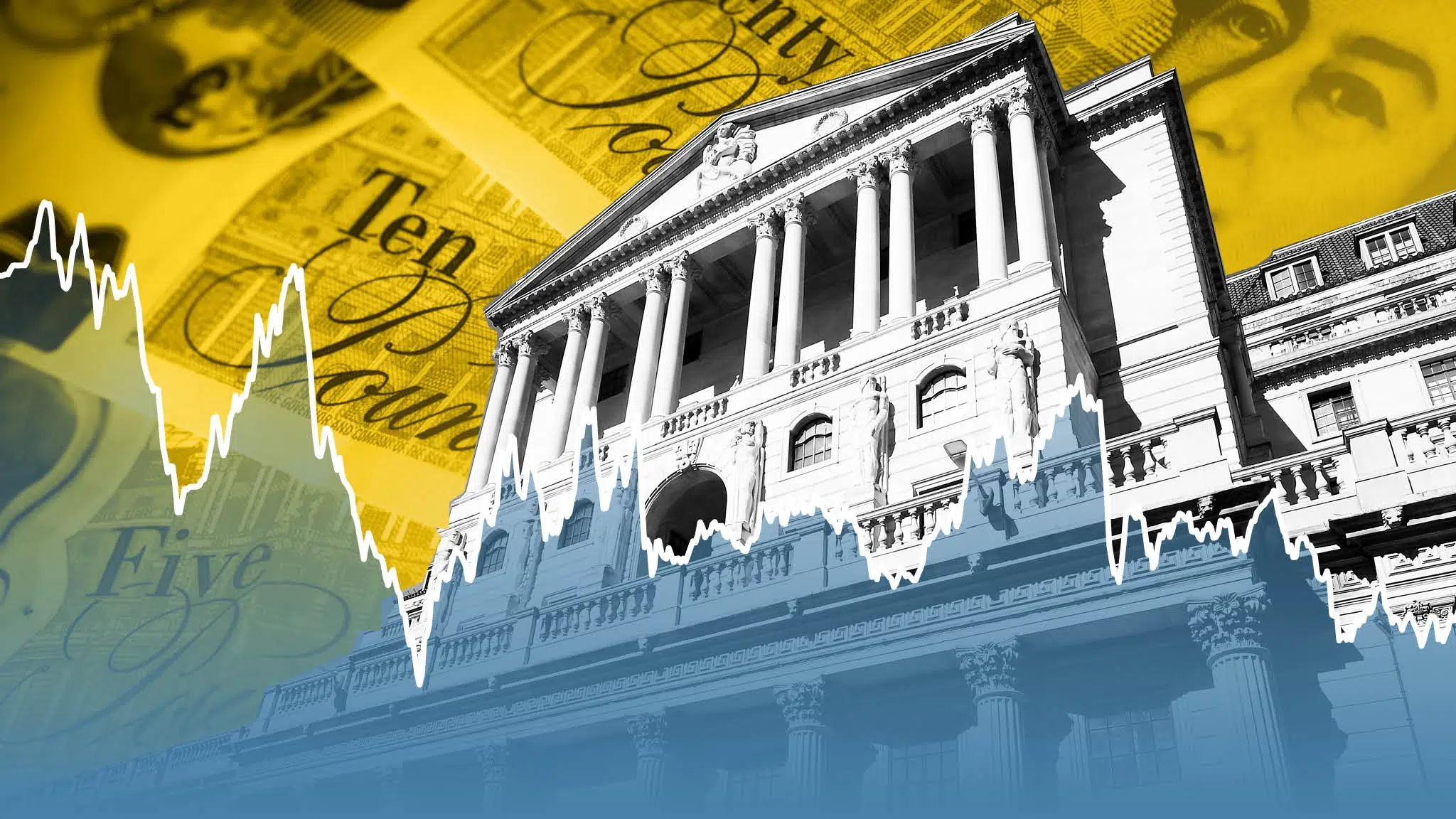
The Impact of Inflation on Investments
Inflation can affect your investments in two different ways. One is a Cost Push effect. This is when the price of an asset goes up because the seller has to pay a higher cost for the product. The other is a Diversification effect. This means that your money will be spread across a variety of different assets. Some of these assets include Commodities and Assets with adjustable cash flows.
Commodities
The impact of inflation on commodities investments is a complex matter. Prices can vary significantly for the same commodity. If you have an interest in this asset class, you will need to do your homework.
One of the primary reasons why prices change is supply and demand. When there is a large increase in demand for products, such as gasoline during the summer months in the northern hemisphere, for example, it can result in a spike in the price of that commodity.
Another reason why commodity prices change is due to weather. Winters can be cold, which can result in an increase in the demand for natural gas. Aside from weather, there are other factors that could cause prices to rise.
For example, there may be a shortage of certain commodities due to droughts or supply chain disruptions. These factors can add a lot of volatility to a headline CPI number.
Assets with adjustable cash flows
Inflation is a factor that is widely considered important when making investment decisions. It affects both the cost of expenses and product prices. Moreover, it may alter the way companies distribute profits.
Assets that are flexible in cash flows may help mitigate the risk of inflation. In particular, real estate and energy-related commodities have historically offered strong inflation hedges. However, not all stocks perform well during high inflation periods.
Historically, fixed income assets have tended to perform poorly during periods of rising inflation. This is because the purchasing power of these assets degrades over time.
As a result, it is critical to evaluate the impact of inflation on all investment strategies. Investors should consider the implications of higher inflation on portfolio performance and determine if changes to their investment strategy are necessary.
The most common indicator of inflation is the Consumer Price Index. This index tracks the overall cost of retail goods over time.
Diversification
Inflation is one of the most feared words in the investment world, but investing and inflation are not mutually exclusive. In fact, some investments are more profitable in an inflated economy.
One of the best ways to hedge against inflation is to diversify your portfolio. A well diversified portfolio includes a mix of assets from different markets, sectors, and currencies. Whether you’re considering investing in real estate, bonds, or stocks, make sure to diversify your holdings.
The most important benefit of diversification is a reduction in overall risk. While it’s not possible to completely protect yourself against a downturn in the market, a well diversified portfolio can help minimize the impact of volatility.
Another way to improve the diversification of your portfolio is to invest in alternative assets. These include real estate, gold, and other commodities. Historically, alternative assets have produced higher risk-adjusted returns than conventional investments.
A good way to get started with diversification is to consider investing in broad market indices. This allows you to spread your risk across hundreds of companies. You may also want to consider diversifying geographically. For example, if you’re looking for an insurance plan, you might consider an insurance company that invests in a wide range of international markets.
Cost-push inflation
Cost-push inflation occurs when the cost of producing goods and services increases. There are a variety of causes for this type of inflation. These include a rise in the price of raw materials, wages, or labor. It can also be caused by a decrease in the supply of these commodities.
Cost-push inflation is a form of inflation that affects the entire economy. When demand remains stable, the prices of goods will be stable. This is because companies want to make a profit. They are not willing to produce more products at a higher price.
While cost-push inflation can have positive effects on the economy, it can also have negative consequences. Businesses may not be able to afford to invest or borrow money at a time when there is high inflation. Alternatively, companies may be forced to raise prices to recoup losses.
The most obvious driver for cost-push inflation is a change in the demand for goods. If there is a decline in real GDP, then there is a reduction in the demand for goods and services. That, in turn, causes an increase in the prices of these goods.


